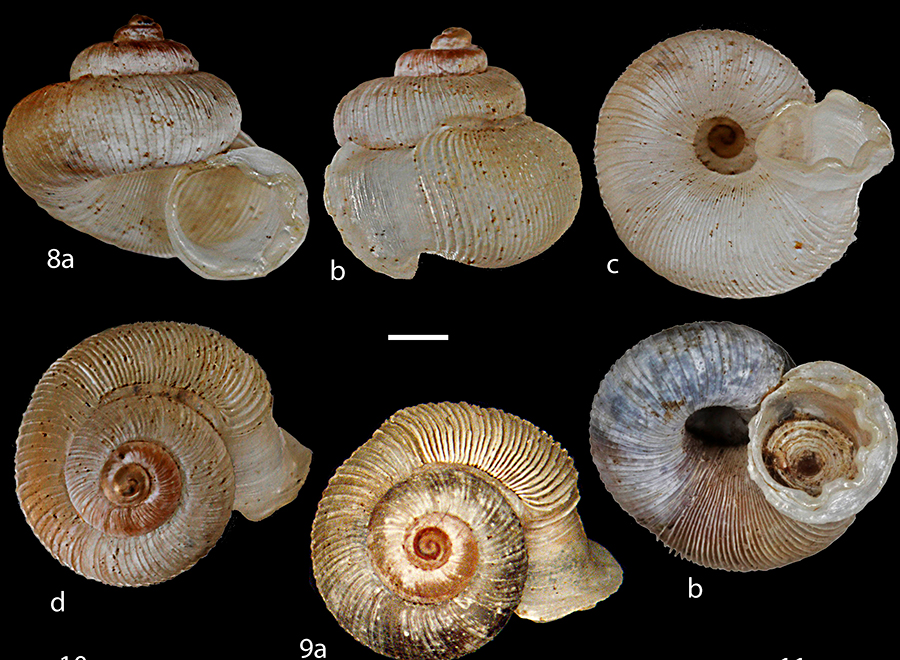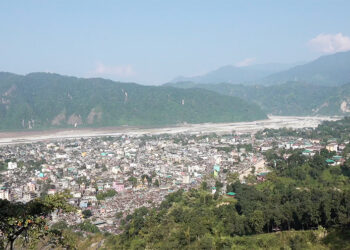 Bhutan’s biodiversity hit a new milestone with the National Biodiversity Centre identifying 17 new snails and slugs. All these species are new to science, meaning they are discovered for the first time in the scientific community. The country has now recorded over 200 species of the invertebrates.
Bhutan’s biodiversity hit a new milestone with the National Biodiversity Centre identifying 17 new snails and slugs. All these species are new to science, meaning they are discovered for the first time in the scientific community. The country has now recorded over 200 species of the invertebrates.
 Among the new discoveries, the extraordinary species are the dancing or jumping semislug Cryptaustenia bhutanensis and Metalycaeus karmademaae. They were identified as the first of their kind in Bhutan.
Among the new discoveries, the extraordinary species are the dancing or jumping semislug Cryptaustenia bhutanensis and Metalycaeus karmademaae. They were identified as the first of their kind in Bhutan.
Metalycaeus karmademaae is named in honour of Dr Karma Dema Dorji, the programme director of the National Biodiversity Centre for her leadership and support in identifying these species.
Snails and slugs are categorised under molluscs. They live on land or in water and are important for ecosystems, cleaning water, recycling nutrients, and providing food for other creatures.
Kezang Tobgay, Biodiversity Officer, National Biodiversity Centre said “Our international supporters say that although our country is very small, the diversity of these invertebrates or I should say the molluscs is way beyond their imagination. With the recent findings, the number is now increasing: it is more than 200 species compared to other bigger countries like the Netherlands, where they have less than 100 species.”
He added that despite this diversity, Bhutan’s mollusc fauna remains largely underexplored.
The National Biodiversity Centre also houses the country’s national reference collections for molluscs. These collections serve as a vital resource for ongoing and future research.
Devika Pradhan
Edited by Tshering Zam








